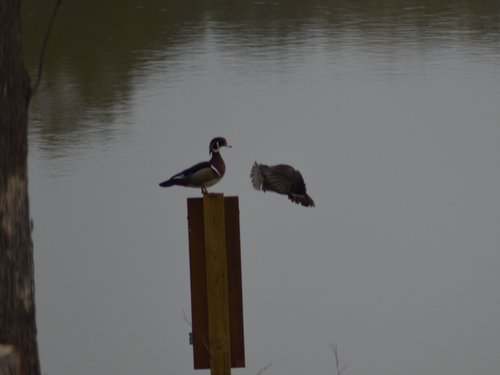Published at: https://whosonthemove.com/grant-from-richland-county-helps-irmo-library-go-bird-friendly/
A new project that balances wildlife preservation with art will make the area around Richland Library Ballentine safer for local and visiting birds.
Thanks to grant funding from the Richland County Conservation Commission (RCCC), the S.C. Wildlife Federation (SCWF) recently applied a material to the library’s windows to eliminate reflections on the outside of the building, making it easier for birds to avoid colliding with the structure.
A Texas-based company, CollidEscape, developed the material to prevent incidences of birds flying into glass, which can stun or kill them. Richland Library commissioned local artist Nell Warthen to design CollidEscape treatments that feature renderings of birds native to South Carolina. Warthen’s display is called “Birds of Ballentine.”

“This project really exemplifies what we want to do with Community Conservation Grant awards,” said John McKenzie, conservation program analyst for Richland County Community Planning & Development.
“It combines the priorities of public benefit in a community space with conservation of our threatened bird populations, and it serves as a great example to others. It also provides energy savings as well as protection of the library’s books and furnishings,” McKenzie said.
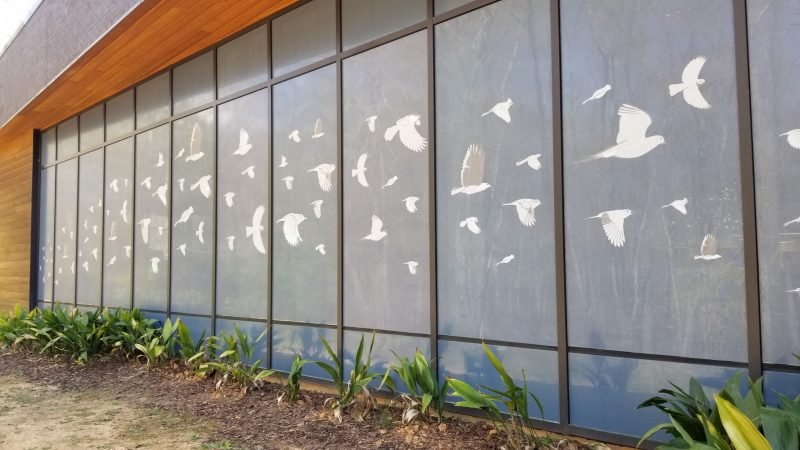
Designing with Safety in Mind
A 2014 study by the Smithsonian Institution estimated that each year, as many as 1 billion birds perish from window collisions in the United States.
Richland Library Ballentine, located in Irmo, features nearly 700 square feet of continuous windows that directly face a forest. Before SCWF installed CollidEscape, the outside windows reflected that forest, a natural habitat for birds, posing a hazard to native and migratory bird populations.
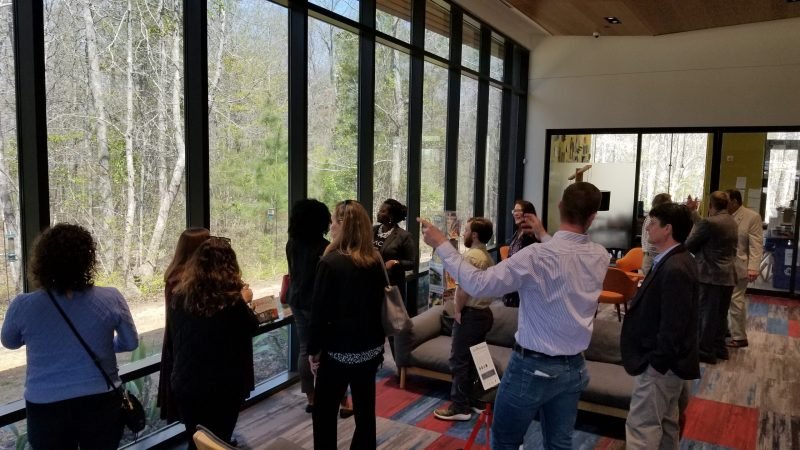
With CollidEscape now covering the outside windows, the library’s glass surfaces, featuring Warthen’s renderings, become a work of art. From inside, the window coverings retain their transparency, allowing patrons to enjoy the view of the forest and its inhabitants as they use the library.
Along with the window installation, SCWF worked with Richland Library staff to design educational materials highlighting the dangers that window strikes pose to bird populations and how the new wall coverings help prevent such collisions. While bird strikes were once a regular occurrence at the library, zero strikes have been recorded since the installation five weeks ago.

Jay Keck, habitat education manager for SCWF, is hopeful that his organization’s partnership with RCCC and Richland Library encourages other public and private building owners to take similar measures to help protect local wildlife.
“It’s the first commercial (CollidEscape) install in South Carolina,” Keck said of the project. “There’s all sorts of places we can apply this.”
Richland Library Ballentine will feature the Birds of Ballentine effort during an Earth Day celebration 2 p.m.-5 p.m. Tuesday, April 12. Visitors can learn more about the project and local birds.

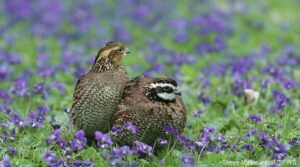
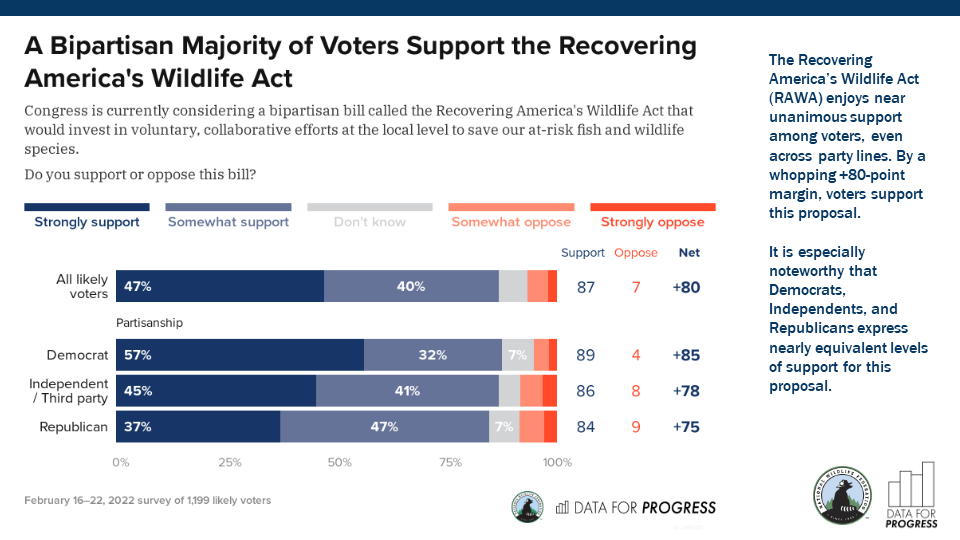
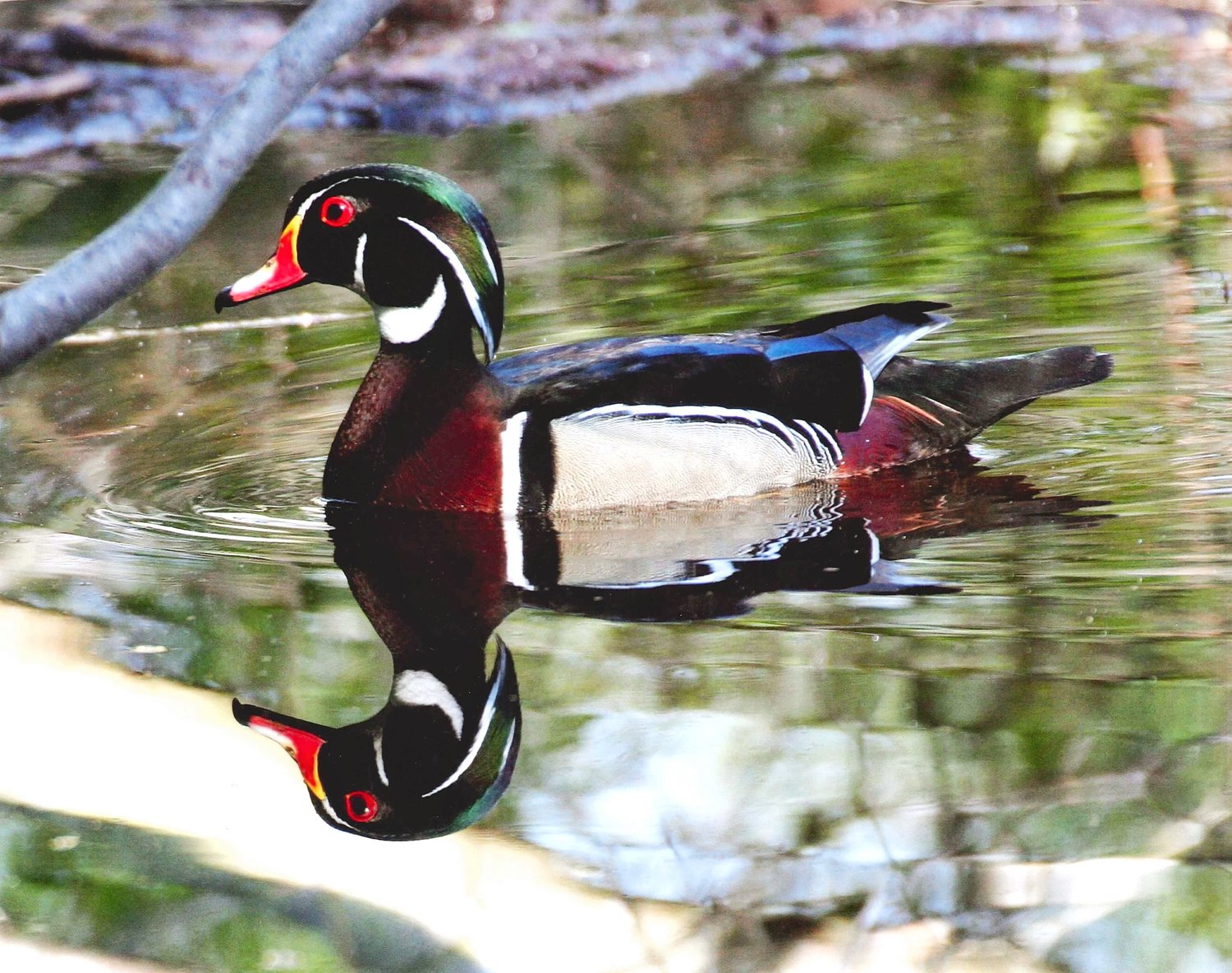
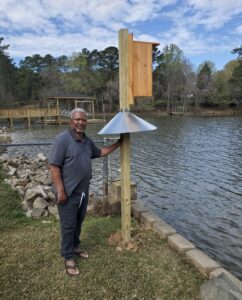
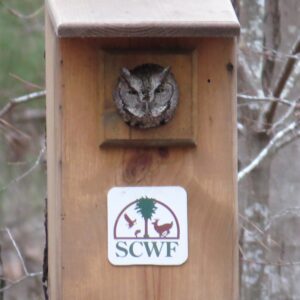 Eastern Screech-Owls: Eastern Screech-Owls heavily rely on adequate habitat and nesting sites for survival. They are found throughout a range of sites including, but not limited to, farmland, suburban landscapes, and city parks. Although they are currently listed as a species of Least Concern, Eastern Screech-Owl populations are declining due to habitat fragmentation and deforestation. Providing suitable habitat, such as a nesting box, is integral to the success of this species. Nest boxes should be placed at a woodland’s edge with adjacent fields and/or wetlands. It is helpful if a branch, or something equivalent is installed below the entrance hole, or is located on the post or tree on which the box is attached. There should be no obstructions in front of the entrance hole so the owl has a clear flight path into the cavity.Volunteer involvement is integral in helping to foster community-wide awareness and appreciation for the project. The nest box project aims to engage the community in long-term and sustained conservation actions. This project is great for people of all ages. SCWF is actively searching to recruit volunteers to assist in all facets of the project, including nest monitoring, data recording, and witnessing first hand the life cycle of these birds.
Eastern Screech-Owls: Eastern Screech-Owls heavily rely on adequate habitat and nesting sites for survival. They are found throughout a range of sites including, but not limited to, farmland, suburban landscapes, and city parks. Although they are currently listed as a species of Least Concern, Eastern Screech-Owl populations are declining due to habitat fragmentation and deforestation. Providing suitable habitat, such as a nesting box, is integral to the success of this species. Nest boxes should be placed at a woodland’s edge with adjacent fields and/or wetlands. It is helpful if a branch, or something equivalent is installed below the entrance hole, or is located on the post or tree on which the box is attached. There should be no obstructions in front of the entrance hole so the owl has a clear flight path into the cavity.Volunteer involvement is integral in helping to foster community-wide awareness and appreciation for the project. The nest box project aims to engage the community in long-term and sustained conservation actions. This project is great for people of all ages. SCWF is actively searching to recruit volunteers to assist in all facets of the project, including nest monitoring, data recording, and witnessing first hand the life cycle of these birds.
